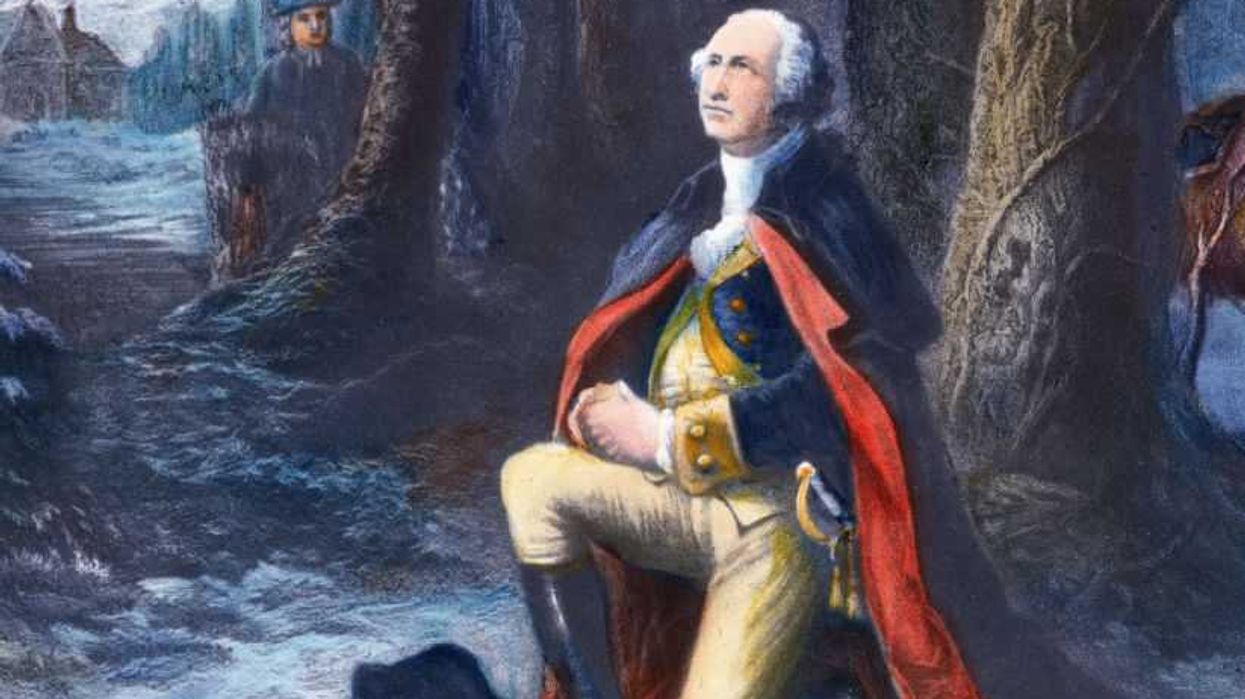This morning Glenn opened the radio show on a topic he rarely dwells into, sports. Glenn brought on Navy SEAL Pete Scobell to discuss the tragedy of the suicide of Junior Seau and the implications of concussions playing a role.
“Let me start an unusual place for me – a guy who doesn't know anything about sports. Junior Seau, we were talking about this in the meeting before the broadcast. I don't know anything at all about sports. I was listening to the conversation between Pat and Stu, and what struck me is he shot himself in the heart, and I've been talking to some military guys and Navy SEAL guys, and finding new technology about concussions and the way the brain works.
Junior Seau is an all-pro linebacker who played in the NFL for twenty years. He grew up in San Diego, played for USC in college, and played for the Chargers, the Dolphins, and the Patriots.
Pat explained that there is some speculation, because of the way Dave Duerson died last year, that there may be a connection to brain injury and concussions. Duerson also shot himself in the chest, but he left a note asked that he wanted his brain to be studied at Boston University because of all the concussions he got.
“So people are thinking, some are speculating, that this could be the same thing with Junior Seau, because nobody I’ve heard knew he was even depressed, nobody knew he was anything but incredibly happy and energetic like he was his whole life. He was only forty-three years old,” Pat said.
“Tragically sad story,” Glenn said, “but, I’m really saddened by the part of the story where he never shared his pain with anybody.”
“According to one of his close friends from the Chargers, he never showed any kind of weakness,” Pat said. “When he had an injury he would take it outside the locker room, and not go to the team's doctor. He would use his own personal physician, so he didn't show any weakness to his teammates, and he would deal with it that way. What his teammate and friend realized is that he was probably doing that in his personal life too, and not showing any of his pain to anybody.”
Navy SEAL Pete Scobell who has experience blast exposure and multiple concussions due to his line of high impact lifestyle from his career and sports, has had to deal with the complications and long term impact that this can have on your life. Pete joined the show this morning to talk to Glenn about this very issue and some ground breaking therapy that is being studied now that can help people deal with and recover from these brain injuries.
Pete explained that, “it doesn't have to be one event. It becomes – overtime things start happening, and you notice little things here and there. I'm having difficulty taking information out of an email; I'm having difficulty remembering articles that I needed for work. You know, if you leave for work six times, and you leave your keys and your wallet and your badge, you start wondering if this is a trend. You get frustrated to the point of the anger, and because of that you start questioning yourself, and what if you have everything all together.”
Pete explained that his wife, who he has known since they were children, started noticing a major difference in him, and eventually drew the line and made him get checked out. Pete came to Dallas to the Center for Brain Health, which was built to study brain disease, and has a system specially used to treat veterans for PTSD and traumatic brain injuries. Unlike most therapy centers, the Center for Brain Health takes a unique approach – they don’t start with the basics. Like other physical injuries in the body, from severe physical injuries to bumps and bruises, increased blood flow to the brain increases the amount of oxygen reaching the brain, speeding up the healing process.
To do this, instead of starting at the basics, they start at the highest level of thinking, increasing the blood flow and level of oxygen reaching your brain. They make you answer the question: Why? “You’re wired to reason for yourself,” Pete explained. “You’re wired to ask these questions, and build context from memory.”
Pete explained that it’s a system that makes you figure things out on your own. He compared it to how most people asked their teachers or at least wondered in school, ‘why are we doing that?’ or ‘Why do we need to know that?’ and were often told that we didn’t need to know why or we needed to know how, which put up a road block for our brain. This system pushes you to do the opposite. “It gave me confidence,” Pete said.
“I’ve been thinking that way my whole life, let’s keep going, let’s figure this out on my own. Once you have that information you can start using it – the directions for your brain. It’s a fantastic system.”
This system is still in the research phase and not available yet for the general public, but so far the results for Pete have been great.
“Every day is a little bit better, and that’s the thing with any kid of rehab,” Pete told Glenn. “For the longest time they thought you were born with the same brain you died with – that it is what it is and the brain can’t regenerate. But the plasticity of the brain continually astonishes these researchers. This is amazing. It can regenerate. It can overcome so much.”
Pete explained that once you start seeing an improvement in the types of problems he was experiencing, life starts getting better, and that he’s really looking forward to this system becoming more available to the public.
“With all of this stuff going on – and there’s been thousands of players that have been affected in the NFL – that something like this, just that element of hope, you’ve got to think that it is an ingredient that gets people past what happened,” Stu said.
Glenn added that the researches at the Center for BrainHealth at UT Dallas have found that a lot of the current techniques we are using to treat and diagnose brain injuries are some of the worst things you can do. He explained that they’re finding if you have someone who has just been knocked out or experienced brain trauma that putting them in an isolation chamber for sensory deprivation is one of the best ways to heal your brain. It isolates your brain from other activity, isolating blood flow to the injured part of your brain, and it heals much faster.
Below is a video from The Center for BrainHealth UT Dallas about this research:
“It’s an amazing thing, this this new technology,” Glenn said. “Our thoughts and prayers are with San Diego and Seau’s mom.”

 Harold M. Lambert / Contributor | Getty Images
Harold M. Lambert / Contributor | Getty Images
 Adam Gray / Stringer | Getty Images
Adam Gray / Stringer | Getty Images Anadolu / Contributor | Getty Images
Anadolu / Contributor | Getty Images Brandon Bell / Staff | Getty Images
Brandon Bell / Staff | Getty Images